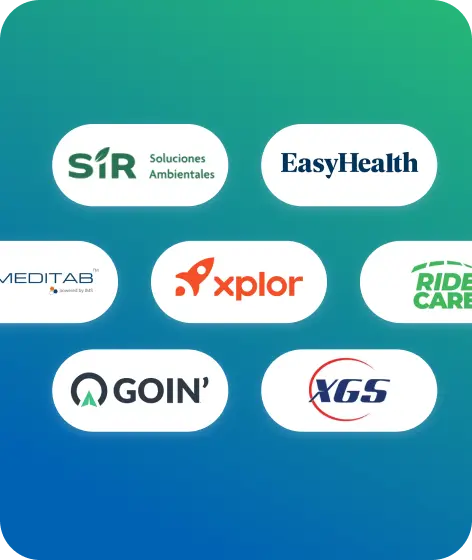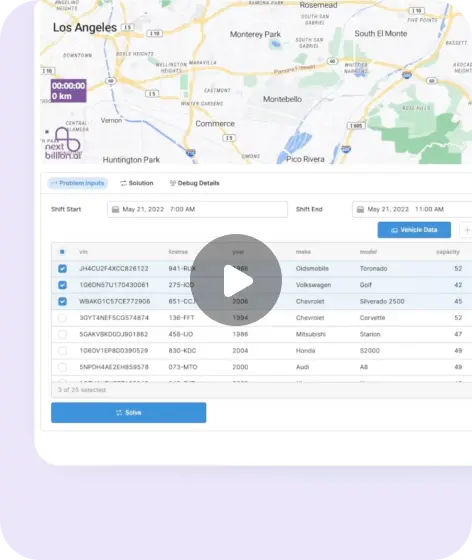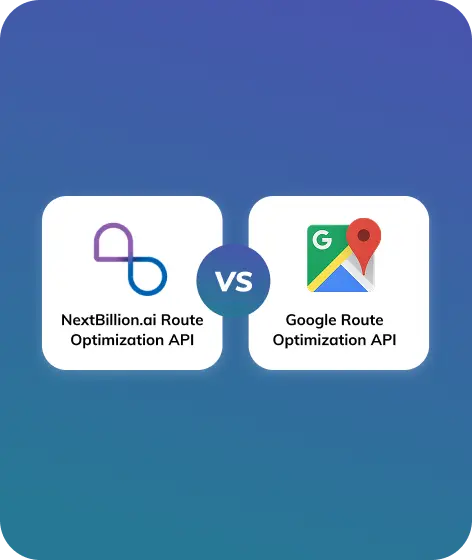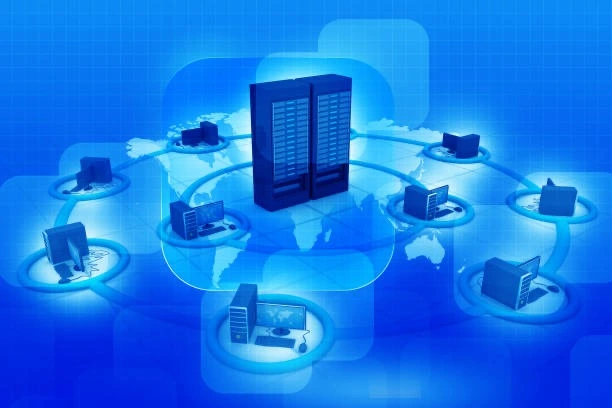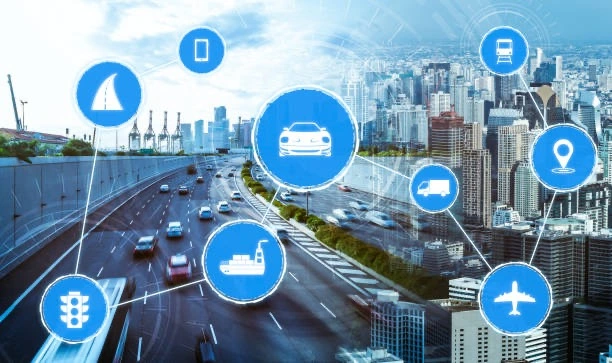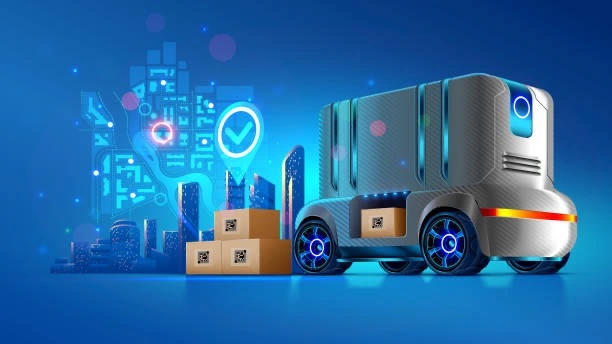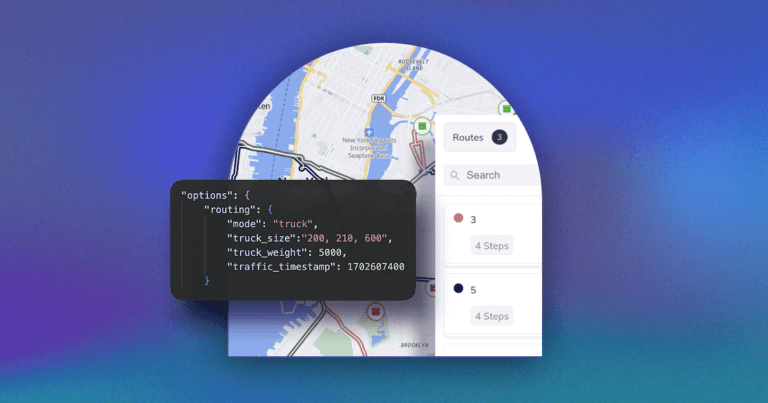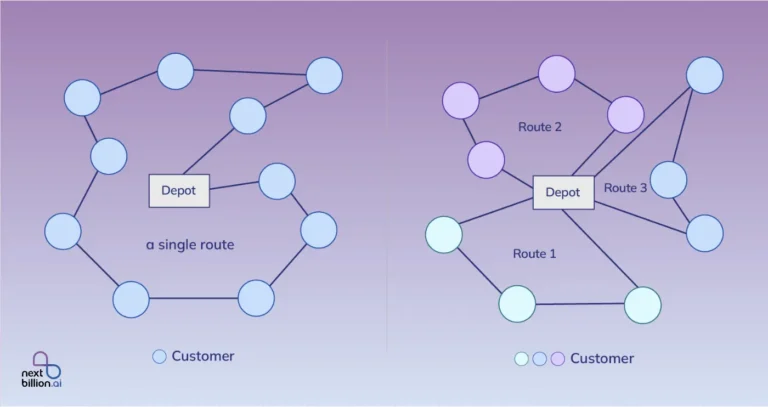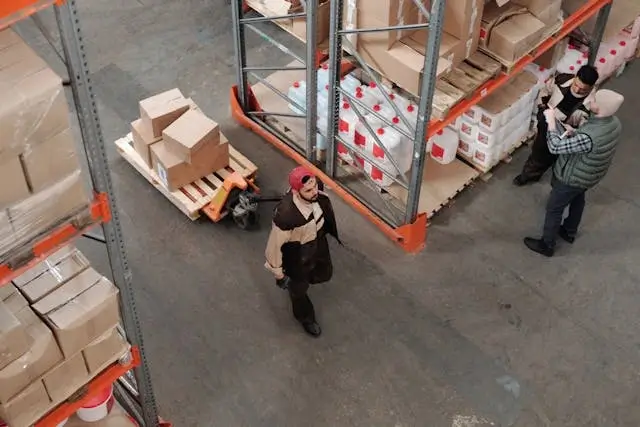
Table of Contents
Centralized Dispatching as the name implies is a system that is controlled from a central location catering to different activities. It is a system where the coordination and management of resources, tasks, and activities are controlled from a single, central location to maximise efficiency and productivity. This approach is commonly used in various industries such as transportation, logistics, utilities, and emergency services because of its robust outcome in reducing cost and improving time and monitoring management.
In the delivery, courier service, or dispatching business, you may often face conflicts and debates over the choice between centralized and decentralized dispatching methods. In decentralized dispatching, orders are distributed across multiple locations or depots, rather than being controlled from a single central hub. Each depot will then operate in a semi independent manner by making decisions based on local conditions and demand. Both these approaches have their pros and cons. But opting for Centralized Dispatching is a more practical choice.
How Centralized Dispatching Works?
Here are few elements in the process that describes how a Centralized Dispatching works:
- Centralized Operations: In this operation, all vehicles, truck drivers, and goods are managed from one location.
- Advanced Tracking and Dispatch: In this element, there will be a central hub including a back office equipped with software to track and dispatch drivers.
- Specialized Tools and Machinery: In the central hubs, there are specialised tools and machineries that are required for product management. For example, a seafood delivery company might have a cold room to keep their products fresh.
- Comprehensive Management: Other elements that are handled from the central hub includes Inventory management, individual task management, and sometimes even packaging.
- Order Placement: In this process, an alert is sent to the central hub when a customer places an order, informing the workers that a package is on its way.
- Manufacturer Notification: Simultaneously, the manufacturer is notified to send the product to the central dispatching hub.
- Delivery to Hub: The delivery driver brings the package, along with others, and drops it off at the hub.
- Sorting and Preparation: During this process the package is sorted and prepared for delivery.
- Schedule and Route Assignment: During this process, the driver receives the delivery schedule and route information to take.
- Final Delivery: In this stage, the package is delivered to the customer, and the delivery driver collects the customer’s signature as proof of delivery.
- System Update: As a last completion step in the process, the central hub’s systems are updated to reflect the final status of the product whether delivered or not.
The above Centralized Dispatching workflow illustrates a general process, but this process can be optimized by different business models as per their requirements.
Centralized Dispatching is a system in which all dispatching decisions and order management tasks are coordinated from a single, central location. Centralized Dispatching offers numerous benefits in terms of efficiency, coordination, and responsiveness, making it a valuable system for many organizations.
Here are a few examples:
- Courier and Delivery Services: Companies such as FedEx and UPS often use Centralized Dispatching centres to coordinate package delivery routes and schedules. These companies use the Centralized Dispatching process or method for managing all routing decisions and changes from one central location.
- Public Transportation Systems: In many places, for scheduling and dispatching of buses, trains, and other public transport vehicles from a central control room, a Centralized Dispatching process is used to ensure efficient operation and coordination.
- Emergency Services: Helpline services such as Police, fire, and ambulance services often use the Centralized Dispatching process to manage and deploy resources in response to emergencies. A central location receives all emergency calls and coordinates the dispatch of units.
- Ride-Sharing Services: Car/bike sharing companies such as Uber and Lyft use centralized algorithms and control centres to match drivers with passengers, optimizing routes, and ensuring efficient use of resources.
- Manufacturing and Warehousing: In large manufacturing plants or warehouses, a Centralized Dispatching process is required to control the movement of materials and products, coordinating the activities of various departments to streamline operations.
- Airline Operations: Airlines often use centralized dispatch centres to manage flight schedules, crew assignments, and maintenance operations, ensuring that all flights operate smoothly and efficiently.
What are the challenges associated with the Centralized Dispatching
Now that I have explained the benefits of a Centralised Dispatching system, It is important to know and consider its potential drawbacks or challenges.
Here are few of them:
Limited Geographical Coverage
Centralized Dispatching system mostly works well for city-wide operations, but as you expand, challenges emerge. Serving a large or geographically dispersed customer base can be challenging from a single central location, such as delivering goods to remote areas can be difficult due to its distance and therefore the higher costs involved due to increased travel times. This can result in reducing the total number of deliveries per day.
Increased Risk of Disruptions
Sometimes natural calamities and weather disruptions can cause hindrances for Centralising Dispatching operations. Traffic accidents and power outages are some of other reasons that can disrupt the Centralising Dispatching operations.
A disaster affecting your central hub can disrupt operations and result in significant financial losses. In such cases decentralized dispatching that is multiple dispatching centres could provide better resilience.
Research by McKinsey indicated that 30% of businesses experienced operational disruptions during the transition to a Centralized Dispatching system.
Scalability Challenges
As your business grows, you may need to scale up or expand your operations. You may need to add more resources to manage the increased delivery volume. This can lead to higher expenditures and longer duration of operations.
Additionally, initial investment costs in setting up a Centralized Dispatching system is also a pressing issue. According to a survey by Logistics Management, 45% of companies reported high initial costs as a significant barrier to implementing a centralized dispatch system.
An analysis by Forrester showed that 25% of businesses faced scalability problems, finding it difficult to adjust the system to handle varying levels of demand.
Technology Dependence
A Centralized Dispatching system heavily relies on technology, including dispatch software and GPS tracking, to function effectively. Due to this your business operations will be more susceptible to technology failures, cyberattacks, network issues, or other technical problems. Paperless documents, for example, are only beneficial if your storage and communication infrastructure is highly reliable.
A report by Deloitte found that 38% of businesses faced difficulties integrating Centralized Dispatching systems with their existing technologies and processes. Also, the Ponemon Institute has reported that 54% of companies were worried about data breaches and cyber-attacks targeting Centralized Dispatching systems.
Difficulty Managing Local Nuances
Centralized Dispatching might overlook local knowledge and insights that can enhance routing and delivery efficiency. Local teams may better navigate unique challenges like narrow streets or construction zones.
Driver Dissatisfaction
With a central hub, delivery drivers may have to travel longer distances to pick up and drop off packages, leading to increased fatigue, reduced job satisfaction, and potentially higher turnover rates.
Lower Disaster Prevention Processes
With a central hub, disaster preparedness becomes costlier. A single mishap can wipe out the entire inventory, causing significant setbacks. This risk is compounded by ongoing supply chain management issues, making it critical to safeguard your central hub.
Inflated Shipping Expenses
A single hub means that some delivery locations will be farther away, increasing transportation costs and fuel usage. While route optimization software can help by adding extra stops, it can’t reduce the actual distance your drivers need to cover. As shipping costs rise, centralising operations can exacerbate these expenses. With all products stored in one location, the cost of shipping to distant areas increases, impacting overall logistics costs.
Increased Risk of Labour Shortages
Centralized hubs can face challenges with labour shortages, especially in regions with high unemployment rates. Finding qualified staff may be difficult, and extensive training may be required to address skill gaps.
Longer Shipment Timelines
Centralized Dispatching is ideal for businesses with direct-to-client deliveries but may not suit those requiring urgent shipments. Longer shipping times and challenges with reaching distant areas can be significant drawbacks for urgent delivery needs.
Additionally, a study by Gartner revealed that 42% of employees resisted the adoption of centralized dispatch systems due to unfamiliarity and comfort with traditional methods. According to a survey by Capgemini, 33% of companies struggled with customising centralized dispatch systems to fit their specific operational needs.
While considering these challenges, the benefits of a Centralized Dispatching system outweigh the drawbacks. These limitations can be carefully addressed to ensure that a Centralized Dispatching system aligns with your business’s needs and goals.
How to Optimize a Centralized Dispatching System?
NextBillion.ai offers a Centralized Dispatching system designed to optimize and streamline logistics and delivery operations. A Centralized Dispatching system can enhance the efficiency of deliveries, maintenance, repair tasks, and service visits, while also cutting unnecessary operating costs. In today’s fast-paced business environment, effective dispatch management is crucial for success.
With NextBillion.ai you can avail benefits such as large distance matrix API, optimal routes with accurate ETAs, flexible navigation SDK that is easy to integrate, quick and accurate location data, track and trace routes taken along with other map attributes, and can create custom tiles for your interactive maps.
The advantages of NextBillion’ai’s effective dispatch management are extremely impactful. It enables businesses to swiftly respond to urgent delivery requests by leveraging a map view to monitor driver locations throughout the day. This simplifies the allocation of critical deliveries to the nearest available vehicle, ensuring on-time deliveries even under tight deadlines.
Some of NextBillion.ai’s key features and benefits include customizable mapping and routing, real-time tracking and updates, scalability, integration capabilities, data security, user-friendly interface, and so on. With these features you can tailor maps for more accurate navigation and routing, you can monitor live movement of vehicles and delivery, you can ensure scalability without the need for upfront investment, you can seamlessly integrate with third-party services, you can ensure to enjoy a robust security protocol for your data, and have a comprehensive and an intuitive dashboard.
Overcoming the challenges of a Centralized Dispatching system involves strategic planning, investment in technology, and continuous improvement. Here are some ways to address these challenges by using NextBillion.ai’s features:
1. Implementation Costs:
Many companies reported huge initial costs as a significant barrier to implementing a centralized dispatch system.
With NextBillion.ai, you can conduct a thorough cost-benefit analysis to understand the long-term savings and efficiencies gained from a centralized system. You can perform a phased implementation to distribute costs and use cloud-based solutions to reduce initial infrastructure expenses.
2. Integration Issues:
Many businesses had difficulties in integrating Centralized Dispatching systems with their existing technologies and processes
With NextBillion.ai, you can choose dispatching software with robust APIs that facilitate easy integration with existing systems such as ERP, CRM, and other logistics management tools. NextBillion helps you connect with third-party services to enhance functionality, like weather data for route planning.
3. Data Security Concerns:
There were incidents in some companies about data being breached and compromised. Cyber-attacks targeting centralized dispatch systems created a lot of havoc.
To address this issue, it’s essential to implement advanced cybersecurity measures like encryption, multi-factor authentication, and regular security audits. Train staff on data security best practices and establish clear protocols for data handling and breach response. NextBillion.ai provides a robust security protocol to tackle this issue with advanced security measures. Provides protection to sensitive data from malicious attacks while adhering to the industry standards and regulations for data protection and privacy.
4. Disruptions during Operations:
Natural calamities, weather disruptions, traffic accidents, power outages, and so on can hinder Centralized Dispatching operations.
With NextBillion.ai’s feature you can plan for a gradual transition, allowing time for staff training and system testing. You can use pilot programs to identify potential issues before full-scale implementation and develop contingency plans to manage disruptions.
5. User Resistance:
New change to a system is never easily acceptible.
When the Centralized Dispatching system was adopted employees resisted because they were unfamiliar with the system. NextBillion.ai helps involve employees in the decision-making process and provide comprehensive training programs. Emphasise the advantages of the new system and how it will simplify their work. Offer continuous support and promptly address any concerns that arise.
6. Scalability Issues:
When your business develops, it comes with a cost to handle varying levels of demand.
NextBillion.ai brings to you a system designed for scalability, ensuring it can handle increased demand and growth. Regularly review system performance and upgrade resources as needed to maintain efficiency during peak times.
What are the Use Cases of Centralized Dispatching
Centralized Dispatching of Field Services
Field delivery services come with many challenges.
In the field service industry, companies manage a team of technicians or service personnel who travel to various locations to perform maintenance, repairs, or installations. Efficient dispatching and coordination are crucial to ensure timely service, maximise productivity, and enhance customer satisfaction.
Technicians are often assigned tasks based on outdated schedules or manual processes, leading to inefficiencies and delays. Lack of real-time information can lead to delays and miscommunication between the dispatch centre and field technicians. Inefficient allocation of resources can result in technicians travelling long distances unnecessarily or being assigned tasks outside their expertise. Poor communication between dispatchers and field technicians can lead to misunderstandings, delays, and reduced service quality. Inconsistent and delayed services lead to customer dissatisfaction.
On-demand Transportation Management Issues
Transportation company providing solutions for ride-hailing, delivery services, and logistics management operates in multiple cities, managing a large fleet of vehicles and drivers. Efficient dispatching and routing are crucial for ensuring timely service, minimising operational costs, and enhancing customer satisfaction.
The company faces varying levels of demand throughout the day, with peak hours requiring rapid adjustments in dispatching and routing. Efficiently matching drivers to service requests based on proximity, vehicle type, and driver skills is complex and critical for minimising wait times and maximising fleet utilisation. Providing customers with accurate ETAs and real-time updates is essential for maintaining trust and satisfaction. Traffic conditions and road closures can significantly impact delivery times, necessitating dynamic and real-time route optimization. As the company expands into new cities and regions, the dispatching system must scale to handle increased volume and complexity.
NextBillion.ai helped such customers seeking a more cost-effective and accurate alternative with its Distance Matrix and Directions APIs exceptional speed and accuracy. NextBillion.ai’s pricing, integration flexibility, Queries per Second (QPS) management collectively offered the customers their solution. For more information, please refer to “Navigation APIs: How NextBillion.ai Optimised Dispatch for Leading On-Demand Transportation Software Company, Leading to 82% Cost Reduction”.
Centralized Dispatching of Last Mile Logistics
The company specialises in swift and efficient delivery of packages and documents within a specific geographic area. Operating from a central hub, they ensure all items are received, sorted, and promptly dispatched to their destinations.
These companies faced challenges in managing deliveries in a densely populated area due to its decentralized system. Having multiple small dispatch points resulted in inefficiencies, higher operational costs, and inconsistent service quality. Therefore, the company focussed to improve operational efficiency, reduce costs, and streamline delivery processes, and switch to NextBillion.ai’s Centralized Dispatching System.
NextBillion.ai worked closely to develop a tailored solution, adopting a hands-on approach to enhance the deep tech company’s delivery operations. This included creating detailed custom maps and providing flexible APIs to address their specific needs. For more information, please refer to “Custom Maps & Navigation APIs: How NextBillion.ai Optimized Last-Mile Delivery Operations for Autonomous Robots”.
Getting Started with NextBillion.ai’s Centralized Dispatching System
Effective management Centralized Dispatching is crucial for businesses and organizations to efficiently coordinate deliveries and service calls and to significantly boost your business’s economic growth. While smaller operations can handle this manually, it becomes a logistical challenge for those managing hundreds or thousands of orders daily. This process aligns customer demands and equipment needs with the appropriate field service tasks, such as installations, repairs, and maintenance, simplifying dispatchers’ tasks and enhancing their efficiency.
The primary advantage of Centralized Dispatching is its ability to optimize routes and schedules. This optimization helps business owners improve the efficiency of deliveries, maintenance, repair tasks, and service visits, while also reducing unnecessary operating costs. In today’s fast-paced business environment, effective dispatch management is essential, enabling businesses of all sizes to not only meet but exceed customer expectations.
NextBillion.ai’s effective Centralized Dispatching system enables you to optimize these challenges and leverage any existing resources for the betterment of the company’s development. With NextBillion.ai’s Route planning software, you can maximise the benefits of a Centralized Dispatching model.
NextBillion.ai’s Centralized Dispatching system allows you to schedule deliveries months in advance, plan multi-stop routes, and automate customer notifications, all with minimal manual effort. These capabilities will significantly improve your dispatching process.
So, what are you waiting for – get ready and book a demo to enjoy the flavour of NextBillion.ai’s Centralized Dispatching System.
About Author
Prabhavathi Madhusudan
Prabhavathi is a technical writer based in India. She has diverse experience in documentation, spanning more than 10 years with the ability to transform complex concepts into clear, concise, and user-friendly documentation.

